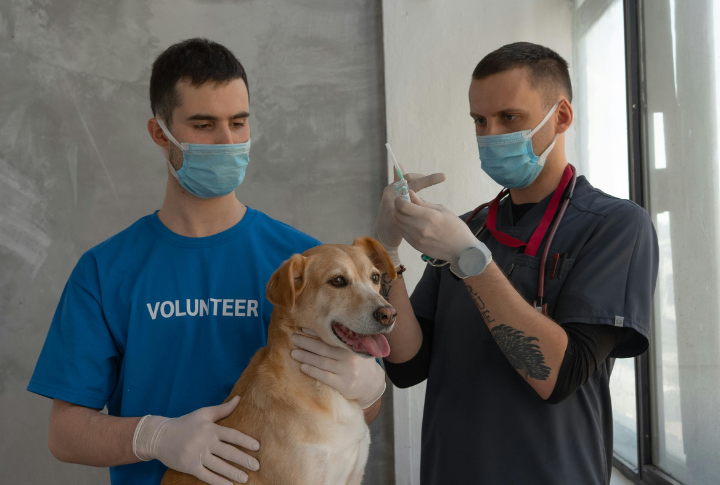10 Must-Know Facts About Carsickness in Dogs

Taking your dog on trips is enjoyable, but it can quickly become stressful if they get carsick. Understanding why this happens and how to prevent it can make trips more comfortable for both you and your pet. Here are 10 things to know about carsickness in dogs and how to manage it effectively.
What Causes Carsickness?

Carsickness happens when a dog’s inner ear, responsible for balance, sends mixed signals to the brain during motion. For many puppies, this part of their ear hasn’t fully developed yet. Older dogs, however, might experience it due to stress or past bad experiences in the car, not just the motion itself.
Signs Your Dog Is Sick

How can you tell if your dog is feeling queasy? You’ll likely notice them drooling excessively, panting, or showing signs of anxiety like whining or pacing. Some dogs might even vomit. Less obvious signs include shaking or sitting still as if frozen in place, which shows they are feeling unwell.
Age and Size Factors

Puppies often experience more carsickness than adults because their balance system isn’t fully developed. Small dogs, like Chihuahuas, can also struggle since they’re more affected by the car’s movements. As dogs grow older and bigger, they generally adjust better to car rides, although some may never outgrow it completely.
Prepping for Car Trips

Get your dog used to car rides gradually. Start with short, slow drives around the block. Feed them a small meal several hours before the trip, but avoid feeding them right before. To ease anxiety, make sure they are comfy by giving them their favorite blanket or toy.
Are Some Breeds Prone?

Greyhounds and Border Collies, may be more likely to experience it. These dogs tend to be more anxious overall, which can make them more prone to carsickness. However, each dog is unique, and any breed can be affected.
Training Tips to Prevent It

Training can help your dog overcome carsickness. Try taking them on short, frequent rides to build up tolerance. You can also make the car a happy place by associating it with fun, like a visit to the park or giving them a treat after the ride. Slowly, they’ll start to relax.
Natural Remedies to Try

If your dog struggles with carsickness, try natural remedies. Ginger is a common option, and dog-safe ginger treats may help settle their stomach. Another simple trick is using lavender oil in the car to calm them. Be sure to consult your vet before trying any natural remedies to ensure your dog’s safety.
When to Call the Vet

Sometimes, home remedies and training don’t do the trick. If your dog’s carsickness isn’t improving or seems to be getting worse, it’s time to speak with a vet. A veterinarian can determine if there’s an underlying health issue or recommend stronger treatments to help your dog handle car rides better.
Making Car Rides Easier

To make your dog’s car rides easier, create a calm environment. Keep the temperature cool, crack the window for fresh air, and make sure they have a stable spot. Securing your dog with a car seat or harness can help keep them safe and lessen the chances of motion sickness on extended drives.
Medications That Help

In severe cases, your vet might suggest medication. Over-the-counter solutions like Dramamine or Benadryl can help, but it’s important to get your vet’s approval first. For chronic cases, prescription medications like Cerenia are available. Medications can be especially helpful if your dog gets carsick frequently or on longer trips.





